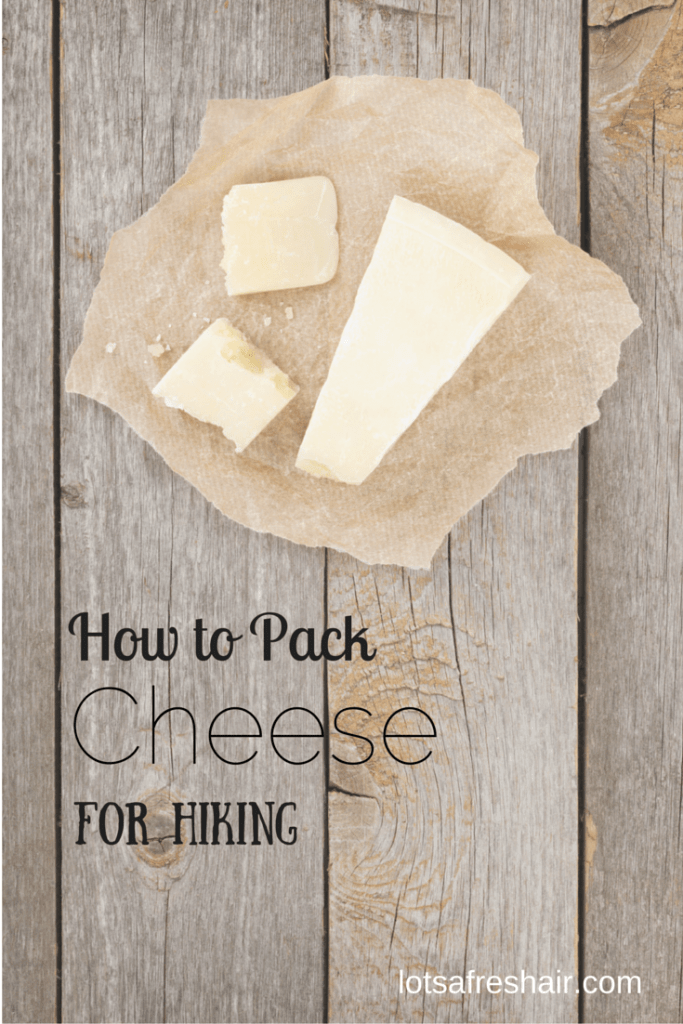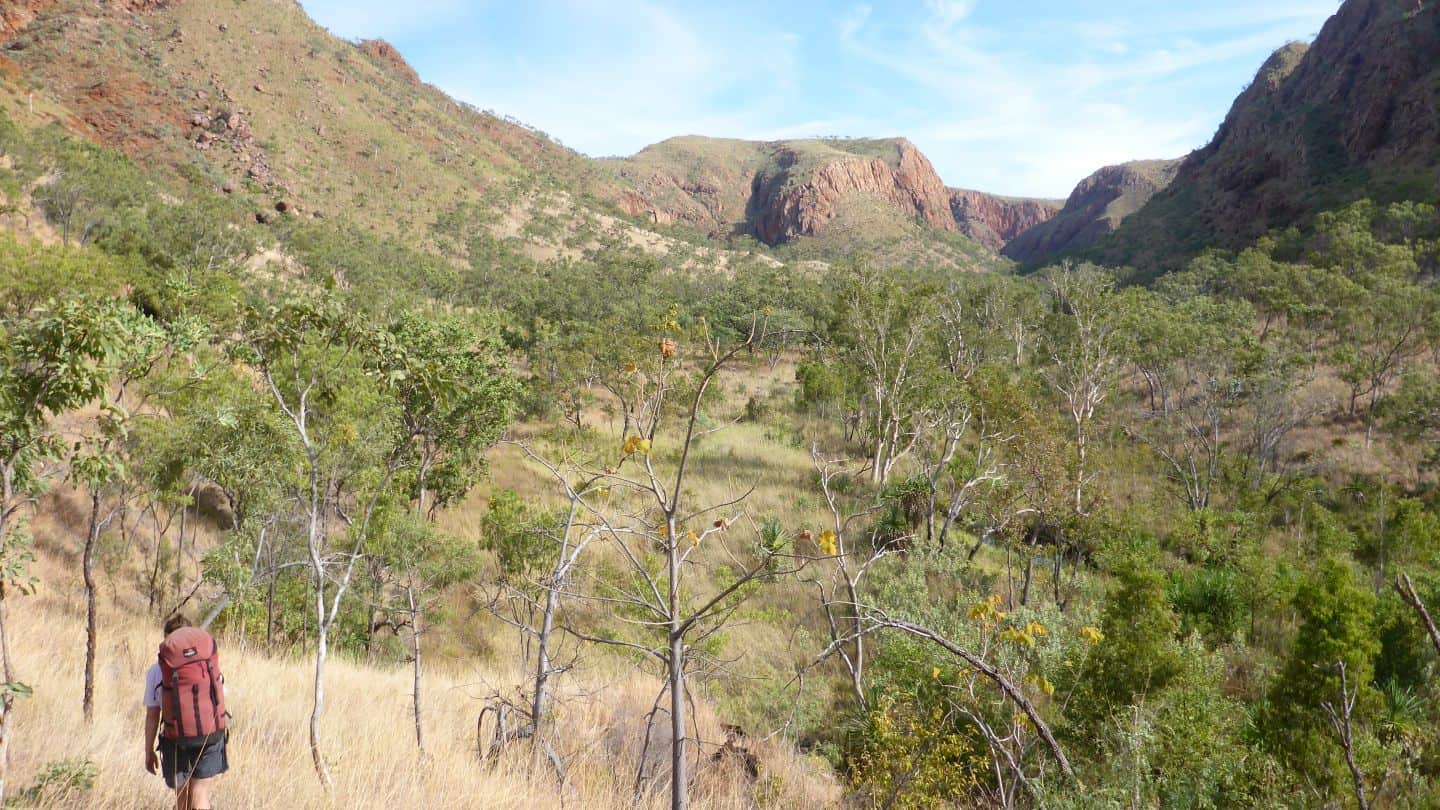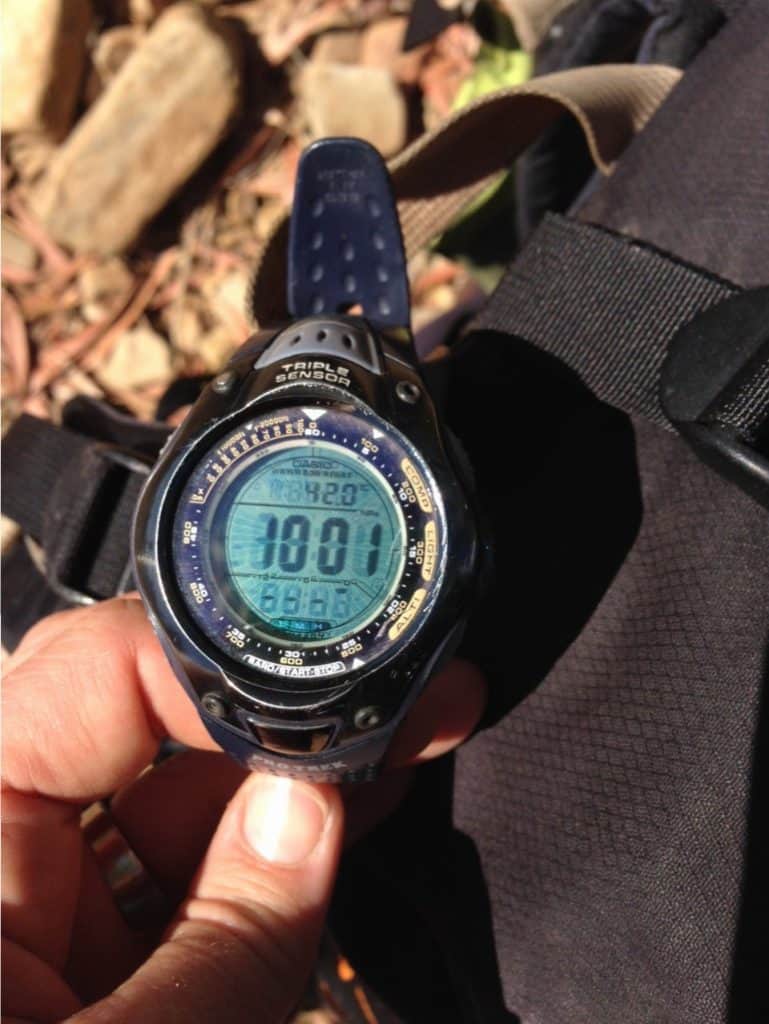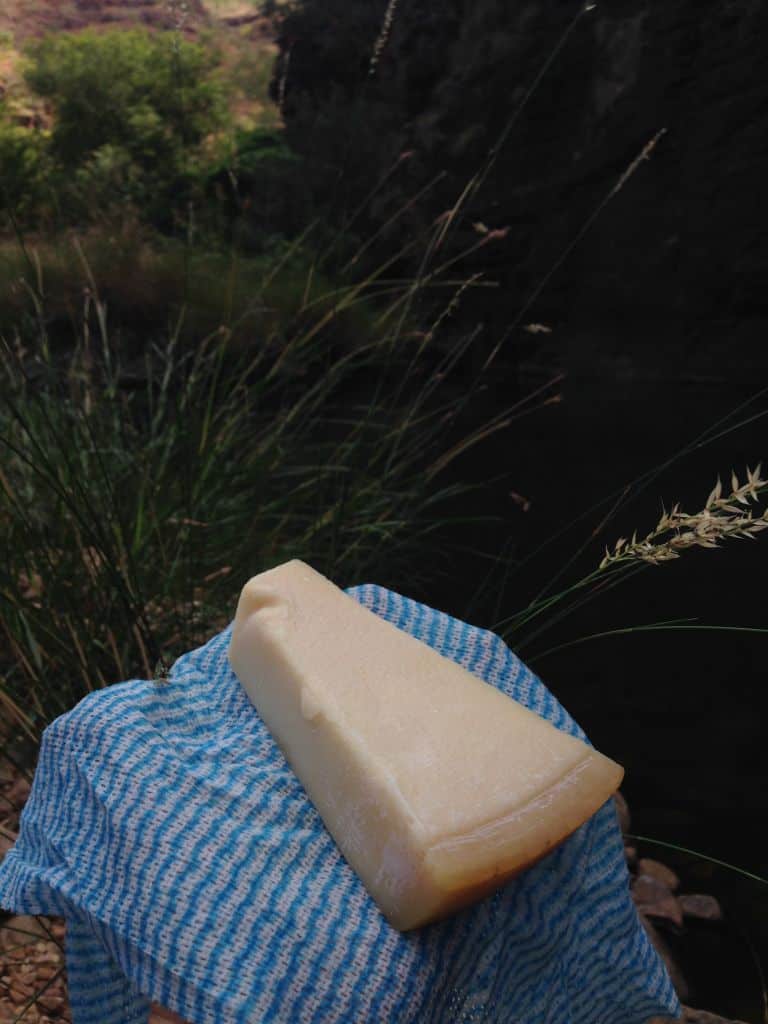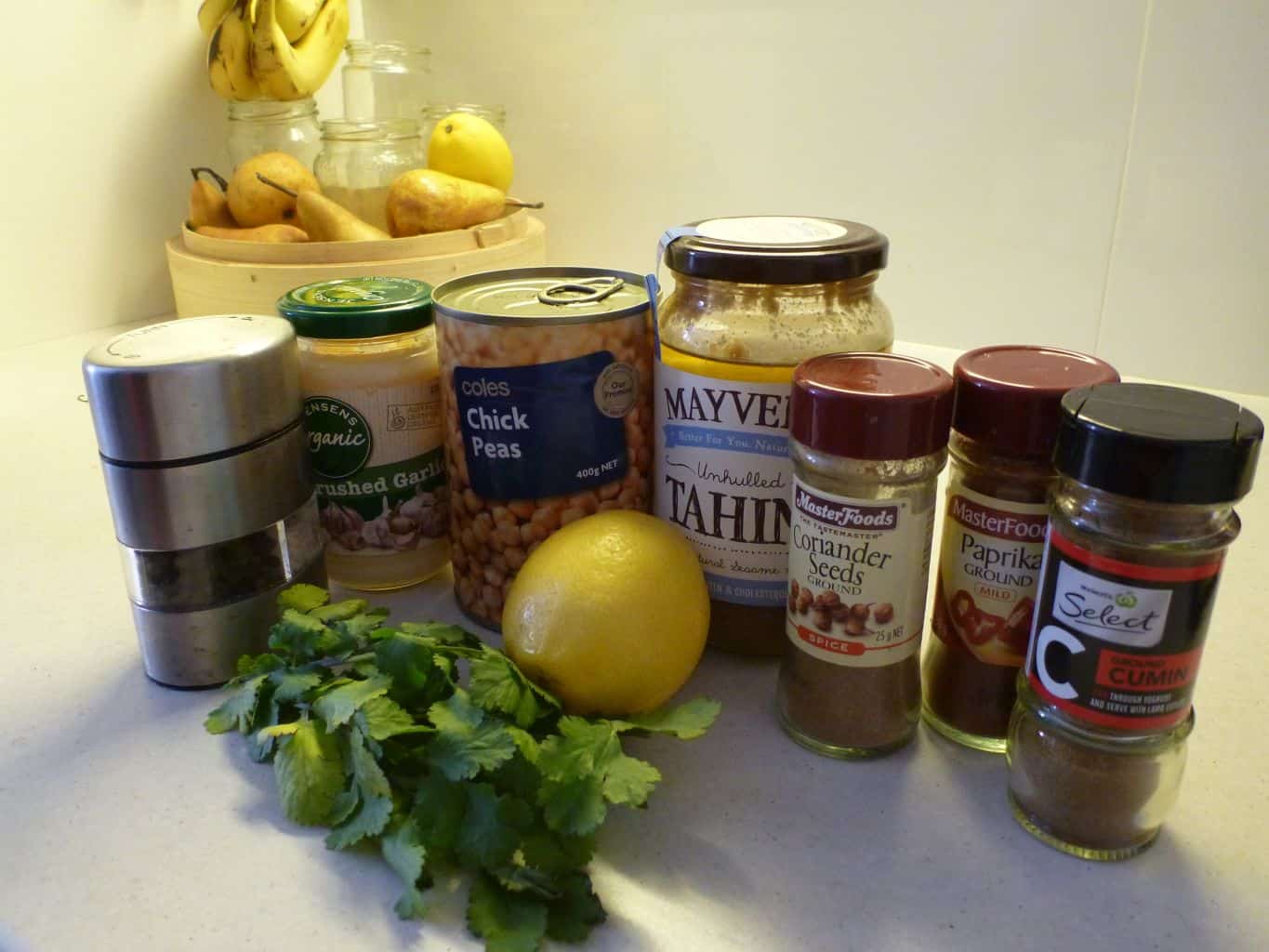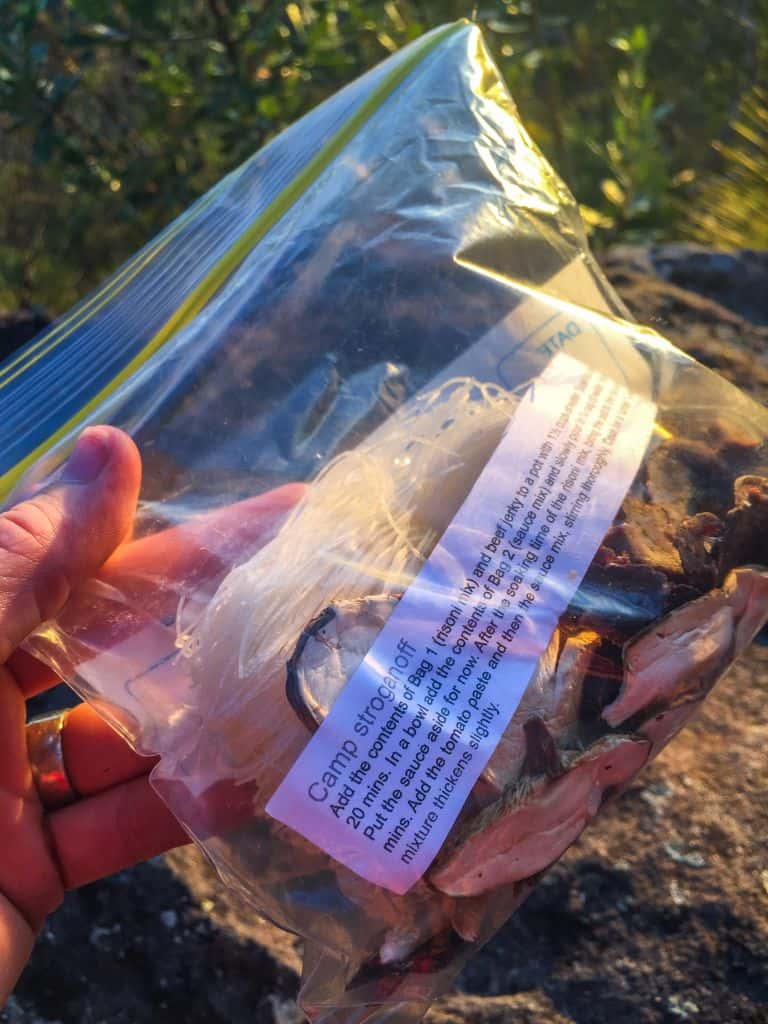I reckon that one of the best things about spending time in the bush, is being able to enjoy good food out there, with amazing views and great friends. It’s just like going to the best restaurant in town, only with a view and ambience that they’ll never be able to compete with. When it comes to hiking lunches, I’ve tended to toe the food safety line and only carry processed cheese such as Laughing Cow, Babybel or Kraft (wedges or cheese sticks), thinking that as they are cheese-like products* and generally shelf stable, that they’ll be safe to eat even after a few hot days stuffed into my backpack.
However, I was inspired by friends Rachel and Tom on my latest adventure to the Kimberley region of Western Australia to embrace some real cheese, in the form of a hard cheese and now I’ve tasted the truth… I’m never going back!
We were hiking with 7 days worth of food in our packs and with temperatures up to 43C (108F) in the hot Aussie sun, we needed to make sure that the food we were carrying would last as we were completely off-the-grid with no phone coverage or towns for hundreds of miles around. In fact, we were so remote we needed to use helicopters for transport on this adventure.
Here’s our top tips on how to pack cheese for hiking!
- Choose a hard cheese such as Parmesan or Grana Padano. I chose the Grana Padano and it seemed to last better in the hot temps than the Parmesan.
- Remove and dispose of any plastic packaging before heading out.
- Slightly moisten a Chux Superwipe Cloth and wring out completely.
- Wrap the cheese in the slightly damp cloth.
- Pack the cheese in the centre of your pack, surrounded by other soft items such as sleeping bag, clothes or tent. (ie. don’t have it against the sides of your pack.
- Each 2-3 days, rinse the cloth completely in clean drinking water and wring out completely.
- Each lunch, keep an eye on how fresh your cheese is and make a wise judgement as to whether you feel it is still food safe.
You may also be interested in my how to make dehydrated dips and a handy field tip for eating them blog posts.

*Check your cheese labels… just how cheesy is your cheese? Is it cheese? A ‘cheese food’ or a ‘cheese product’?

